Diving into the business world can feel like plotting a course through uncharted territory. Your compass? A solid business-level strategy. It’s the game plan that helps you outsmart competitors, captivate your audience, and carve out a unique space in the market.
Next, we’ll unravel the secrets behind crafting effective business-level strategies and share key tips to ensure your strategy not only looks good on paper but also delivers real-world success. Let’s begin, shall we?
Explaining Business-Level Strategies
Business-level strategies are the secret sauce to standing out in a crowded marketplace. They focus on how a business competes in its chosen market and how it can outmaneuver its competitors to grab the lion’s share.
Think of it as your business playing chess; these strategies decide how you move your pawns and pieces to checkmate the competition. It’s all about distinguishing your offerings, capturing your target audience’s attention, and delivering value that no one else can.
These specific and actionable strategies directly influence your business’s bottom line by enhancing competitive advantage and customer satisfaction.
Types of Business-Level Strategies
When we peek into the diverse world of business-level strategies, it’s like discovering various paths to a treasure. Each path or strategy has its charm and fits different business scenarios:
- Cost leadership. Be the budget-friendly option without sacrificing quality. Make it so that when customers think of affordable choices, your business comes to mind first.
- Differentiation. Stand out with something unique. Whether it’s an innovative product, unmatched service, or a brand story that tugs at the heartstrings, make sure you’re the purple cow in a field of ordinary cattle.
- Focus. Sharpen your aim on a specific market niche. Know this group like the back of your hand and serve them better than anyone else could.
- Cost differentiation. Combine the best of both worlds: offer unique value at a compelling price. This strategy is for those who dare to walk the tightrope between being cost-effective and distinctively innovative.
- Innovation. Keep the wheels of innovation turning. Change the game by setting new trends, employing the latest technology, or rethinking how business is done in your industry.
Steps to Create a Business-Level Strategy
The journey to crafting a business-level strategy is like assembling a puzzle; every piece must fit perfectly. Here’s how you can piece together your strategy:
- Define your mission and vision. Set the stage by clarifying your ultimate goals. Knowing your destination is the first step in charting the course.
- Analyze the industry. Don the detective hat and deep dive into your industry’s dynamics. Use SWOT for internal insights and Porter’s Five Forces for the external landscape.
- Identify the target market. Pinpoint who you’re talking to. Understanding your audience’s needs, desires, and pain points is critical.
- Choose your strategy type. Select from cost leadership, differentiation, focus, or a blend based on your industry analysis and target market understanding.
- Develop strategic objectives. Outline clear, actionable goals to steer your business toward your chosen strategy.
- Implement the strategy. Turn plans into action. Allocate resources, assemble your team, and set the wheels in motion.
- Monitor and adapt. Keep a close eye on performance indicators. Be ready to tweak your strategy in response to market feedback and changing conditions.
Example of a Business-Level Strategy
Let’s take a fictional company, GreenTech Innovations, as an example. They’ve chosen to differentiate themselves in the renewable energy sector by offering customizable solutions and exceptional customer service.
Here’s how this fictional company would implement its differentiation strategy:
Step 1: Define the Mission and Vision
- Mission: To provide innovative and sustainable renewable energy solutions that empower communities and businesses to reduce their carbon footprint.
- Vision: To be a global leader in renewable energy innovation, driving a sustainable future for all.
Step 2: Analyze the Industry
- Perform a SWOT analysis (Strengths, Weaknesses, Opportunities, Threats) to understand internal capabilities and external market conditions.
- Conduct a Porter’s Five Forces analysis to understand the competitive forces in the renewable energy sector: rivalry among existing competitors, threat of new entrants, threat of substitute products, bargaining power of buyers, and bargaining power of suppliers.
Step 3: Identify the Target Market
GreenTech Innovations decides to focus on middle to large-sized businesses seeking to transition to renewable energy sources.
The target market includes companies in industries with high energy demands and a growing concern for sustainability.
Step 4: Choose a Business-Level Strategy
Differentiation strategy: GreenTech Innovations decides to differentiate its offerings by providing customizable renewable energy solutions that integrate solar, wind, and bioenergy, complemented by cutting-edge energy storage technologies. The differentiation will also be supported by exceptional customer service, including consultation, installation, and after-sales support.
Step 5: Develop Strategic Objectives
- To invest in R&D to continuously innovate and improve the efficiency and integration capabilities of renewable energy systems.
- To establish partnerships with technology companies for advanced energy storage solutions.
- To build a strong brand around sustainability and innovation through marketing and CSR initiatives.
- To achieve a customer satisfaction rate of over 90%.
Step 6: Implement the Strategy
- Allocate resources towards R&D, marketing, and customer service improvements.
- Develop a skilled sales force specialized in consulting businesses on their transition to renewable energy.
- Launch a pilot program offering free energy audits to potential clients to showcase the value of GreenTech’s solutions.
Step 7: Monitor and Adapt
- Review key performance indicators (KPIs) regularly, such as sales growth, market share, customer satisfaction, and R&D outcomes.
- Stay alert to industry trends and technological advancements to adapt the strategy as needed.
By following these steps, GreenTech Innovations sets a clear direction to compete by leveraging its innovation and customer service strengths. It aims to capture and grow its market share in the renewable energy sector.
This example illustrates how a business-level strategy is formulated from analysis to implementation, focusing on achieving a competitive edge in a specific market.
What to Keep in Mind When Creating This Type of Strategy
Creating a business-level strategy is an art and science, demanding attention to detail and big-picture thinking. Staying flexible and ready to pivot as market conditions change is crucial.
Understanding your customers inside out cannot be overstated; they are the cornerstone of your strategy. Innovation should be at the heart of your approach, keeping you ahead of the competition and continually offering fresh value to your customers.
Lastly, never underestimate the power of execution. A brilliant strategy on paper means nothing without meticulous implementation and relentless pursuit of excellence.
Conclusion
Navigating the complexities of business competition requires more than hard work and a good product; it demands a masterful approach to business-level strategies. These strategies are your roadmap to standing out, delivering value, and achieving sustainable success in your industry.
Remember, the essence of strategy lies not just in planning but in executing with precision and agility. Equip your business with a robust plan, and watch as doors open to endless possibilities and newfound success.
Read More:

